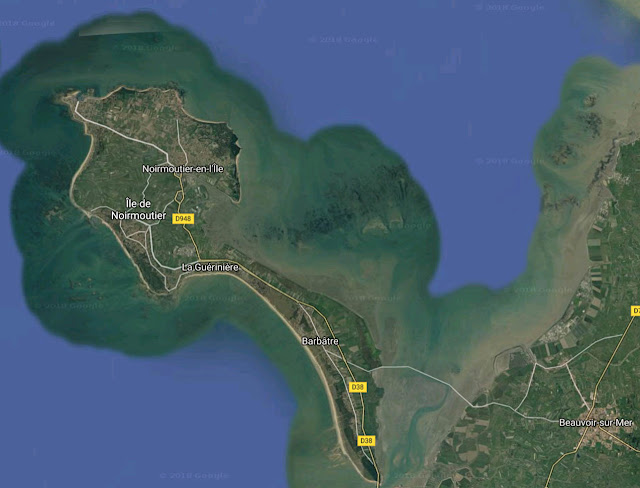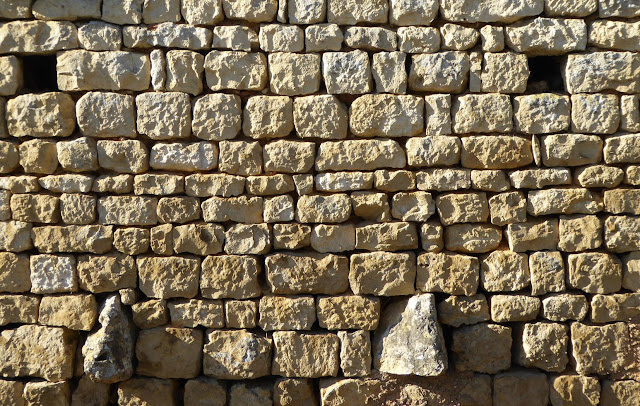Here's a good way to finish up your roasted holiday bird. In my title, I use the word poulet (chicken), but in fact the leftover bird we had was breast meat from a chapon de pintadeau (Guinea-fowl capon). You could cook chicken especially for this salad if you don't have any left over. For example, pan-roasted boneless, skinless breasts or thighs...
Scarole (escarole in English) is a sturdy and tasty salad green that is good served with garlicky vinaigrette and with beets, lardons fumés (chunks of smoked pork), or walnuts. Or all of the above. Those are salad ingredients that complement and tone down the slight bitterness of the escarole leaves.
Another addition can be chicken, or turkey, or Guinea fowl. I put poultry, cooked beets, toasted walnuts, and toasted croutons in my salad on Saturday, but no pork. It was a full meal in one dish. It's a good idea to dress the escarole leaves a few minutes in advance so that the vinegar in the dressing will begin to tenderize them.
The important thing about this kind of salade composée is to mix the greens with the vinaigrette before adding the other ingredients. If you don't dress the greens first, the danger is that the croutons, the chicken, and the walnuts will soak up all the vinaigrette and turn soggy, leaving little or no dressing left for the greens.
Vinaigrette is made by mixing together a teaspoon of Dijon mustard, two teaspoons of vinegar (red wine, white wine, cider... your choice), salt and pepper, and three or four teaspoons of good oil (olive, canola, sunflower, or a combination... also your choice). And in this case a clove or two of garlic, chopped or pressed. Toss the escarole in the dressing, then add the other ingredients and toss again. Enjoy.

















































